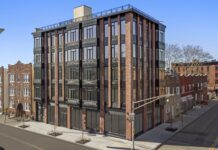Dixon Leasing, a large stakeholder in the area, takes us on a tour of Jersey City’s often overlooked, yet very vibrant southernmost neighborhoods.

Dixon Leasing has been involved in Jersey City’s southernmost neighborhoods for seven years, and we’ve watched the area flourish as of late. When community leader Chris Perez invited us to take a tour of the community, we jumped at the chance to learn more about the area’s past and meet a few of our neighbors who are influential in its flourishing atmosphere. On a sunny August day, we began our neighborhood tour and met with our knowledgeable guides at the Richard Street light rail station in Greenville, just a 10-minute ride from Exchange Place.
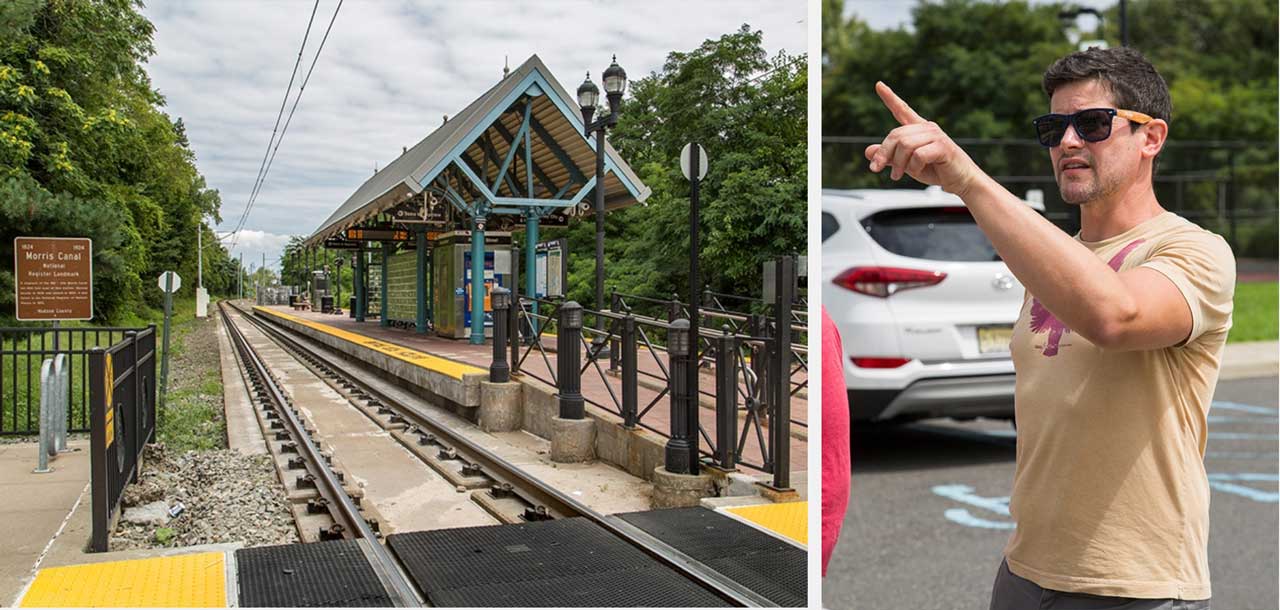
Chris, an investor and homeowner in the area, acts as a community liaison of sorts, engaging deeply and broadly with people and organizations devoted to positive change. He’s the leader of both the Bayside Park Neighborhood Association and the Berry Hill/Claremont Neighborhood Association and an active participant in a dozen other groups around town. He has a quick smile and an authentic way of expressing his passion for the Southside. And, as we soon found out, it’s impossible to walk more than a block without Chris recognizing, or being recognized by, a neighbor.
Pamela Johnson, the Executive Director of the Jersey City Anti-Violence Coalition Movement (JCACM), was born and raised in Jersey City and has raised her own children here. The JCACM empowers residents to work together to eradicate violence and improve quality of life in the community through programs, workshops, and campaigns, including anti-bullying initiatives and counseling and support for individuals and families.
Among the JCACM’s broad outreach is the #JCUNITY program which facilitates collaboration among community members and more than 150 groups, organizations, agencies, and departments in Jersey City. #JCUNITY events include the annual Unity Walk, which last year drew more than 850 participants united against violence, injustice, and inequality in the community, 220 of whom signed up for further JCACM programming.
Whenever there’s an activity of note happening in Jersey City’s Southside, you’re likely to see Pam and Chris in attendance. The two share a close friendship, and they’ve worked shoulder-to-shoulder on a number of important community initiatives.

We began our tour with a stroll through Bayside Park, a verdant nine-acre stretch of land nestled between Garfield Avenue and the Richard Street light rail station. Thanks to a $4.2 million restoration launched in 2012, the park features new basketball and tennis courts and a state-of-the-art playground with a splash park. Further on, baseball fields named for Jackie Robinson commemorate the fact that Robinson made his minor league debut just one mile away in a 1946 game against the Jersey City Giants.
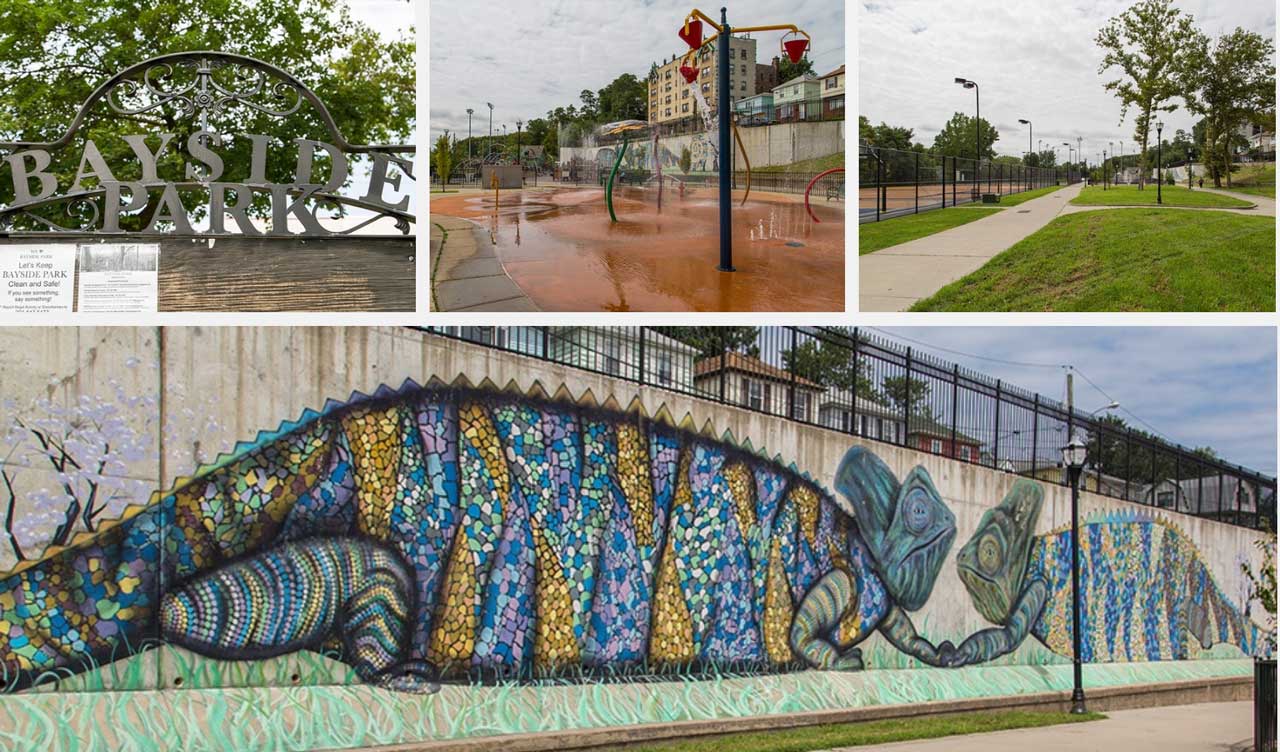
As we made our way through the park, we met Bob Cummings, a Jersey City native and 30-year employee of the Department of Public Works. Bob has always taken great pride in keeping the park looking its best, and as a longtime resident of nearby Ocean Avenue, he’s seen firsthand the positive effect the park has had on the neighborhood’s past and present.
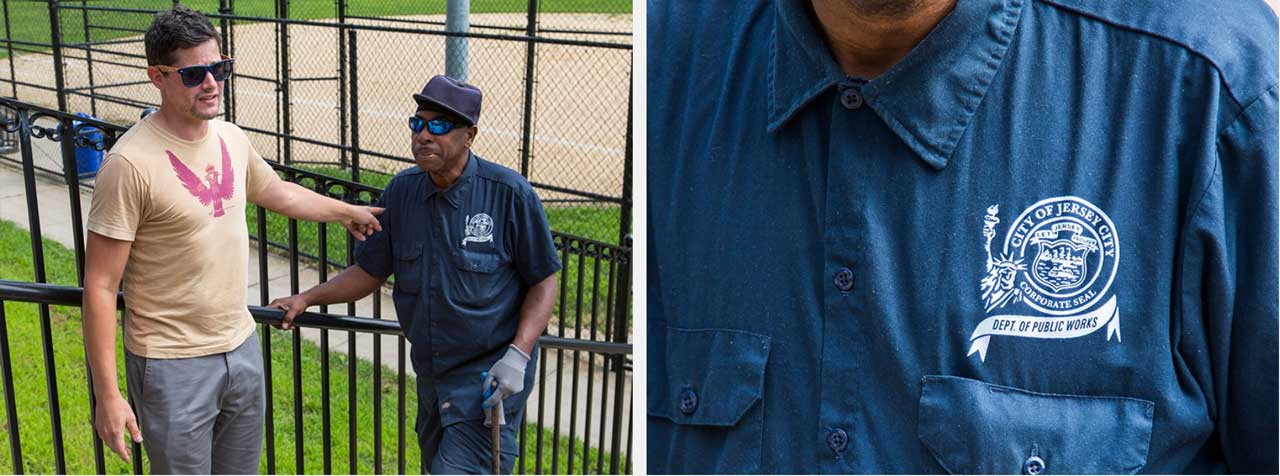
While lower Bayside Park is an active space filled with updated and upgraded amenities, the passive upper park, built in the 1890s, has remained unchanged over the years. Expansive lawns are shaded by a canopy of mature trees with glimpses of the Statue of Liberty in the distance. Monuments to prominent citizens date back more than a hundred years, and a historical marker orients the park along the famed Morris Canal that influenced much of Jersey City’s early history.

In use between 1829 and 1924, the Morris Canal bisected the state from Jersey City to the Delaware River. Constructed primarily to transport coal and ore, the canal was also used as part of the Underground Railroad. Like the nearby turnpike and railways after it, Morris Canal was integral to the evolution of the area’s important manufacturing industry.

“First, you had the Morris Canal, then the rail industry came about 30 or 40 years later,” explained Chris. “Then the rail use went out as the highways came along. So, Jersey City has seen this cycle as industries and modes of transportation changed the neighborhoods because it all ran right through here.”

Adjacent to the upper park sits Bayview Cemetery. The result of a merger between Bay View and New York Bay cemeteries in the 1840s, the memorial park holds the resting places of a number of prominent New Jerseyans including two governors — Edward Irving Edwards, who served as governor between 1920 and 1923, and Arthur Harry Moore, the state’s longest-serving governor with three terms to his credit.
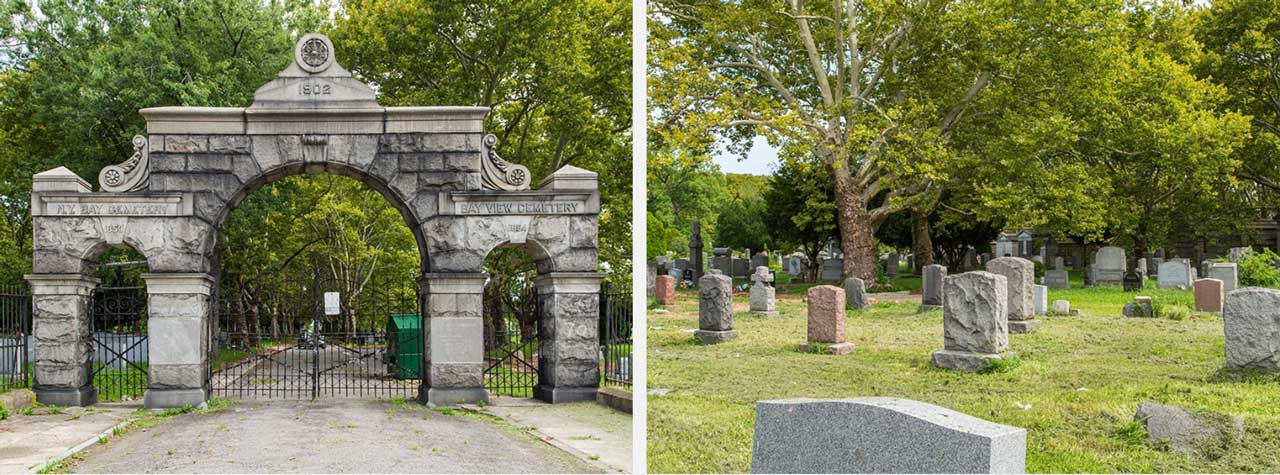
Next, we drove south along Garfield Avenue, taking in houses in a range of architectural styles, including 19th century Victorians, 1920s Tudor apartment buildings, and brick and clapboard two-family homes. As we reached the border of Greenville and Bayonne, Pam pointed out a small community garden that adds a splash of green to the neighborhood. On an overpass above, a painted sign beckons us to “Come Back to Jersey City Soon.”
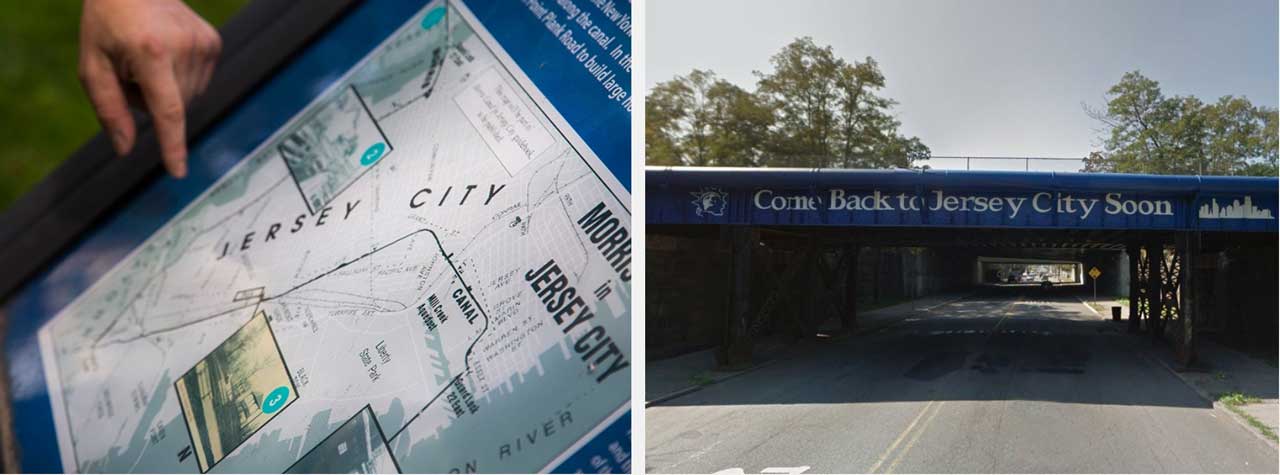
We heeded the sign and turned north onto Ocean Avenue, where indications of simpler times abound. Small businesses and markets are situated in low slung brick buildings. At the corner of Bartholdi Avenue, the U.S. Postal Service’s Greenville Station — where there’s “never a line,” according to Chris — is set on the first floor of a modest row house.
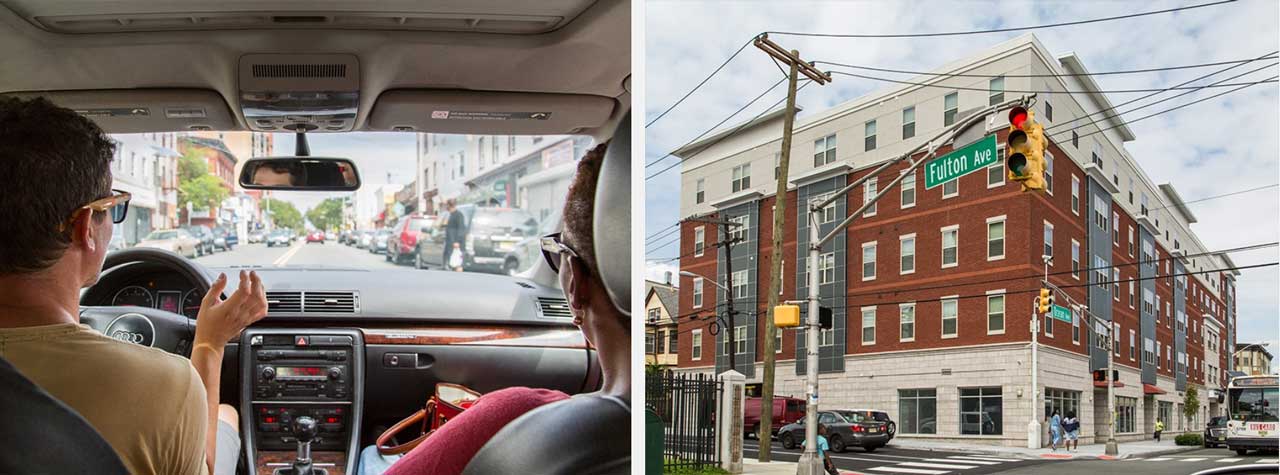
The intersection of Ocean and Lembeck Avenues is decorated by two stunning Romanesque Revival structures, each boldly engraved with its name: the Hudson Building and the Lembeck Building. Built by Henry Lembeck around the turn of the 19th century, the Hudson Building once housed Lembeck’s business concerns, such as the Hudson Real Estate Company and Greenville Banking and Trust Company. Lembeck himself lived at the magnificent red brick mansion that still stands a block away.

Ahead, recent additions to Ocean Avenue include the Ocean Mira Fruit Farm, an inexpensive spot for fresh produce, and the sleek Dr. Maya Angelou Elementary Public School Number 20. Opened in 2016, and the first new public school in Jersey City in more than a decade, the modern 108,000-square-foot facility includes a library, art rooms, music space, and an auditorium.
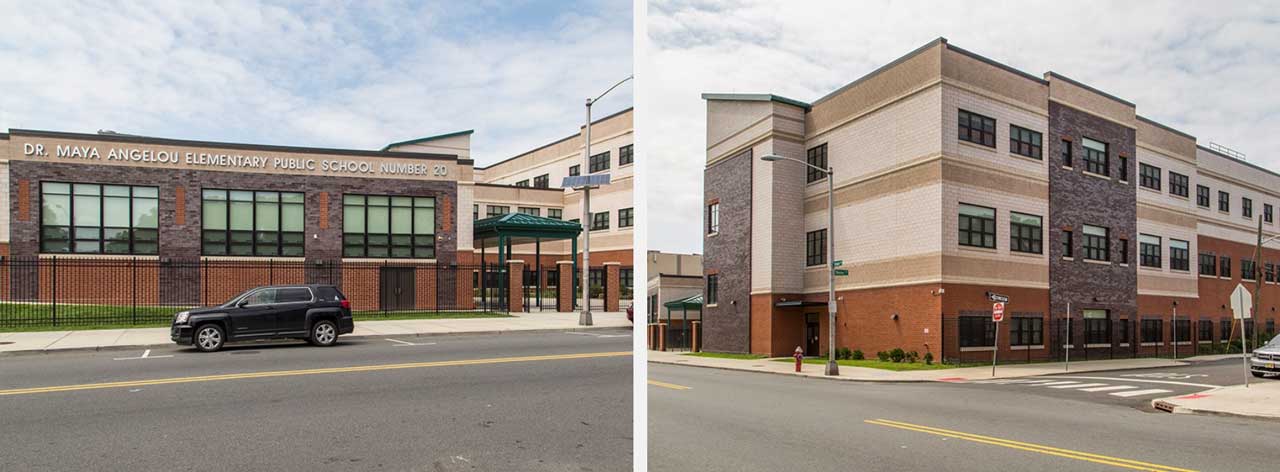
When you arrive at Shawn’s Table, at 271 Ocean Avenue near the corner of New Street, the aroma of soul food makes you want to sit down, tuck a napkin in your collar, and dig in. Run by Jersey City native, Shawn Mathis, the snug spot features a menu filled with soul mainstays like fried chicken, porgy fish, collard greens, and mac ‘n’ cheese. Shawn’s oxtails are called “amazing” by local patrons, and with great breakfast options, it’s the perfect place to pop in on the way to the rail station.
Shawn started cooking at this location when he supplied food to Brenda’s Place, a cozy locally owned bar next door, before formally opening his own restaurant. “Last week, we made our second-year anniversary, but I’ve been working and feeding the community for a long time,” Shawn said. “I’m born and raised in Jersey City, and I’m not going anywhere. I’m staying here for the change that’s going to happen.”
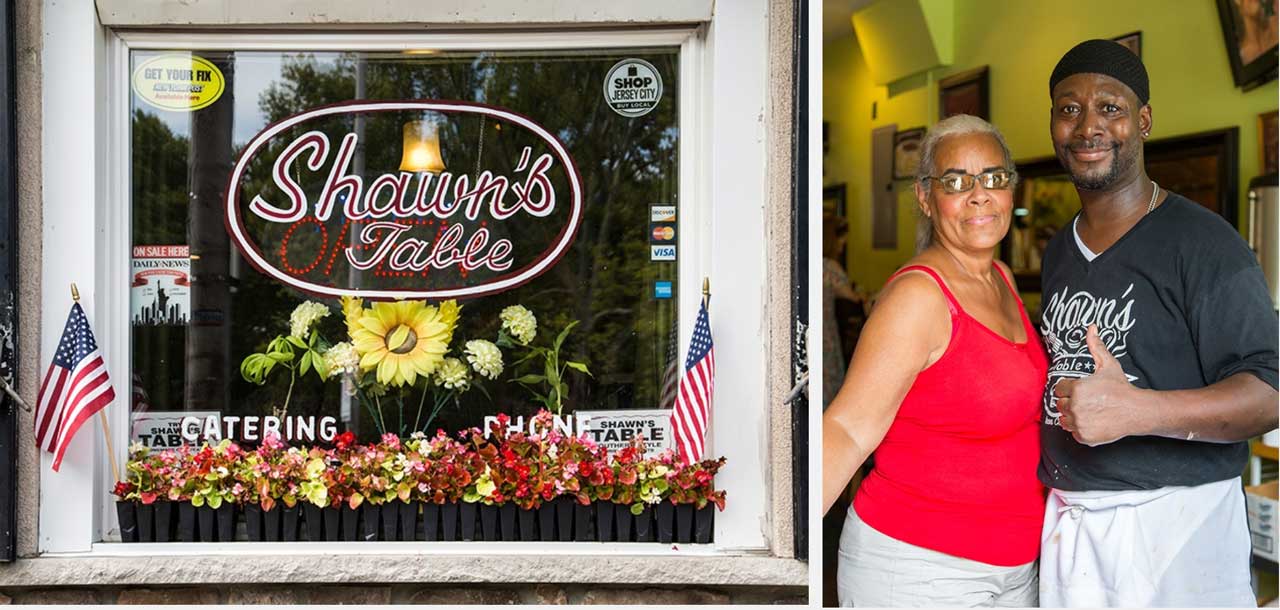
As we ventured on to Gentleman’s Attire, a colorful menswear shop at 522 Ocean Avenue, we ran into Jersey City native, activist, and actor Derek Luke. He’s appeared in numerous movies and television shows, including “13 Reasons Why” and “Empire,” but today, Derek is on the street handing out flyers to promote a series of events tied to the launch of his Derek Luke Foundation (DLF). Activities include a male empowerment forum, youth-focused activities, and an outdoor celebration at Audubon Park.
Having benefitted from community programs himself, Luke is devoted to creating change in the Southside community, even though he now lives in Pasadena, California. “The Audubon Park event we call ‘Love, Unity and Community,'” he explained. “We’re going to create an entrepreneurial spirit in this neighborhood, and the only way you can create it is to bring it!”
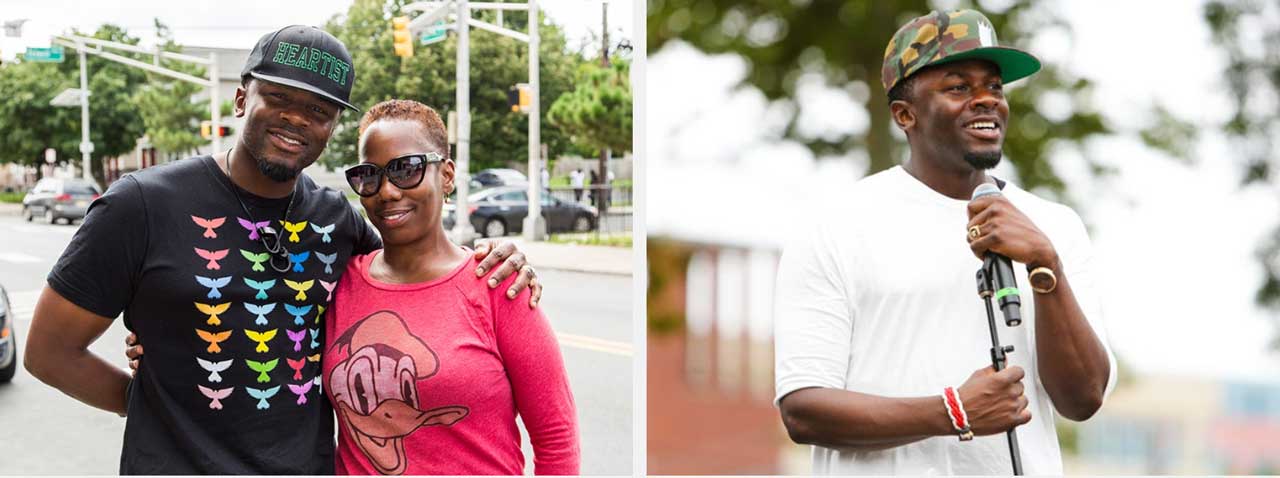
Our next stop was Berry Lane Park, the largest municipal park in Jersey City. Set on 17 acres formerly filled with railyards and industrial facilities, a $38 million improvement project included the installation of new ball fields and courts, playgrounds, water features, and seating areas. The Morris Canal Greenway, an ongoing effort to create a 100-mile-long continuous path along the canal’s former route, connects to the park.
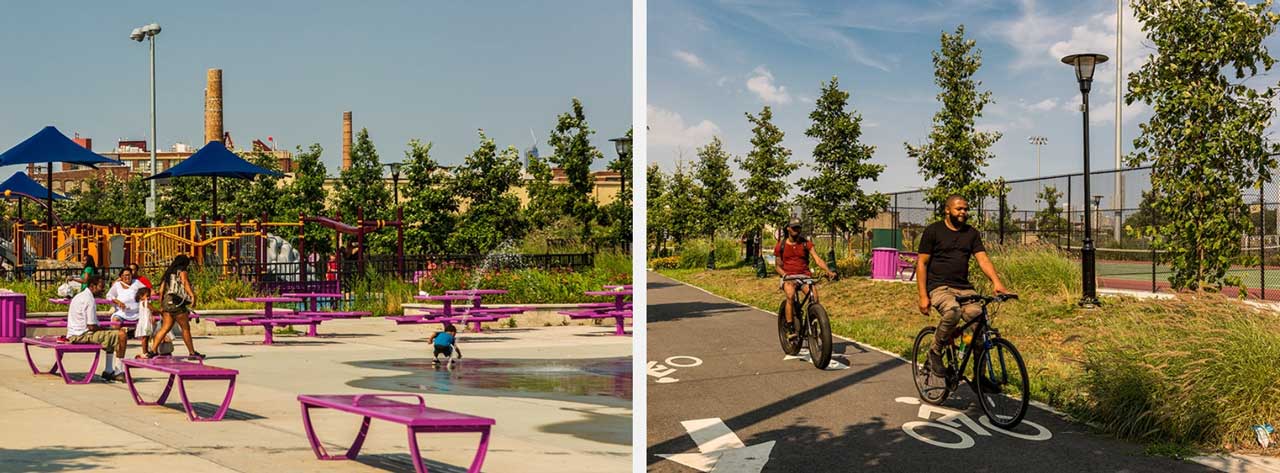
Here, we met Joyce Willis whose family moved to the area in 1958. “That used to be a hairbrush factory and my mother worked there part-time,” she said, pointing to a vast brick building across Garfield Avenue. “And there used to be a film developing place here, and I worked there after high school. There was one bus that ran along Garfield once an hour. We were in the backwoods, basically.”
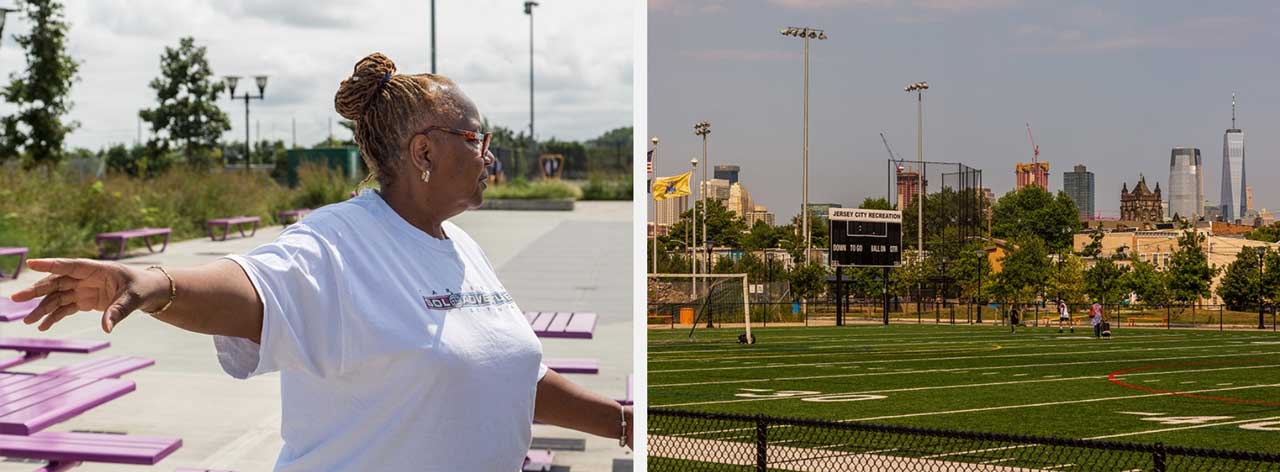
In the 1860s, decades before the area around Berry Lane Park was claimed by industrial use, it was filled with the greenhouses of Peter Henderson, known as America’s father of horticulture and ornamental gardening. Henderson was the original designer of Van Vorst Park, and his booming mail-order seed business and colorful gardening catalogs were incredibly popular.
We were joined in the park by Allison and James who arrived with their happy dogs in tow. Allison resides near The Junction — as the nearby intersection of Grand Street and Communipaw Avenue is known — in an 1890s rowhouse she bought in 2015, after living in The Heights for five years. “I knew I wanted to buy, and I fell in love with this area,” she said.
James is a member of Friends of Arlington Park and volunteers with the park’s farmers’ market, now in its fourth year. He and his wife came to the area in 2014 in search of community and stability. “People have been here a long time, and there are fewer instances of your neighbors changing every two weeks like in Manhattan.”
Allison attends a lively neighborhood book club with James’ wife. Membership has grown from three to more than 10 at a rapid clip, which Allison finds emblematic of the area’s close-knit and friendly people.

As we parked at The Junction, a historic warehouse building bearing the Whitlock Cordage name is visible in the distance. Originally the site of Passaic Zinc Works in the heyday of the Morris Canal, the six-and-a-half-acre site is now back in development after a 15-year delay. The new affordable housing complex will encompass five restored historic buildings and 29 new structures, with 200 units designated for low- and moderate-income residents.
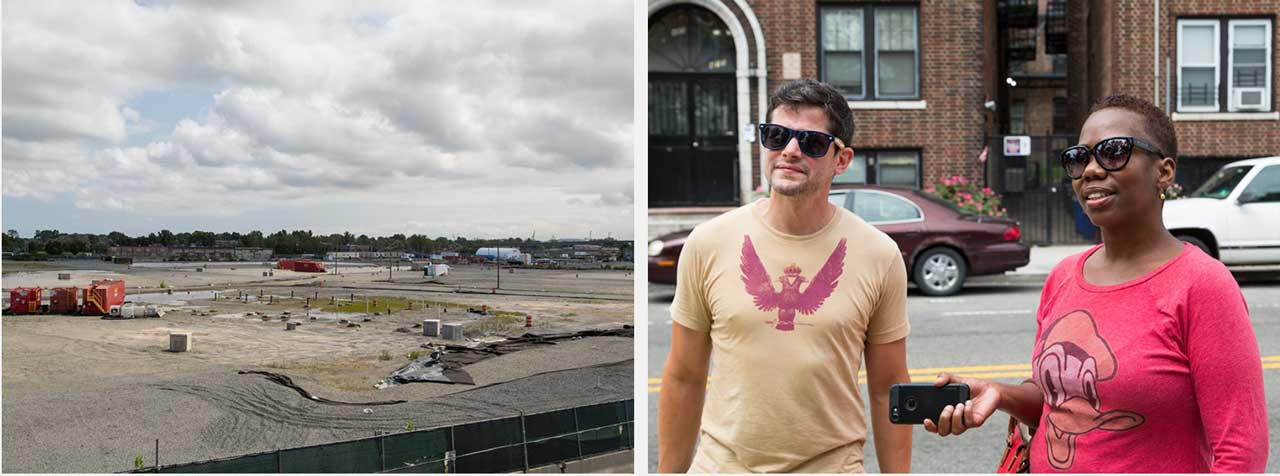
We wrapped up our day at Hooked JC, a wildly popular seafood restaurant that opened in 2017. While the décor is decidedly old-school kitsch — filled with wood paneling, fishing paraphernalia, and antique gadgets — the fish is as fresh as can be. Basket after basket of crab cakes, scallops, mac ‘n’ cheese, and hush puppies the size of golf balls appeared before us, creating the perfect end to a perfect day.

Chris’ tireless work in the community is motivated by a firm belief in giving back but inspired by his special appreciation for the Southside. “I’m a big believer in karma. People put positive warm energy into my life, and I feel committed to doing the same, to paying it forward. But it really started when I came here,” he said. “This is a special place. It’s a little gem. A suburban nook within a stone’s throw of the city. It’s a great place to meet new neighbors and to embrace different kinds of people and raise children. It’s really a community, and that’s a beautiful thing.”

